About Zambia
In Zambia, the last 13 years of strong economic growth raised the average per capita income to over $1,700 and made it a lower-middle income nation. Zambia’s 26 years of successful multi-party democracy, with two peaceful transitions between ruling political parties, has made the nation one of the more stable in sub-Saharan Africa.
Despite the recent growth experienced within Zambia, much remains to be done to advance equitable development throughout the nation. Three out of four Zambians still live in extreme poverty and the country faces major challenges, including high unemployment, low agricultural productivity, inadequate transportation and energy infrastructure, poor education outcomes, a burgeoning youth population, and health crises caused by the HIV/AIDS epidemic, malaria, and other diseases.
USAID assistance to Zambia focuses on the following six key areas: (1) improving the health of Zambians, with a particular focus on women, at-risk youth, and vulnerable children; (2) reducing the incidence and impact of HIV/AIDS, malaria, and other illnesses; (3) increasing agriculture-led economic growth to reduce rural poverty and food insecurity; (4) mitigating the effects of climate vulnerability and promoting sustainable management of natural resources; (5) raising the quality of basic education to increase literacy; and (6) enhancing democratic governance.
LEARN MORE
USAID in Zambia Partners in Development Book
FEATURED ARTICLES
Promoting Land Rights: Certifying Zambia's Future








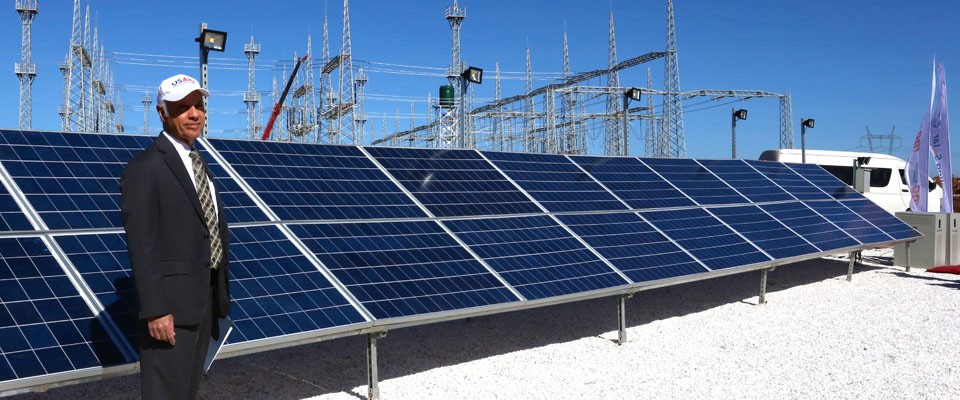


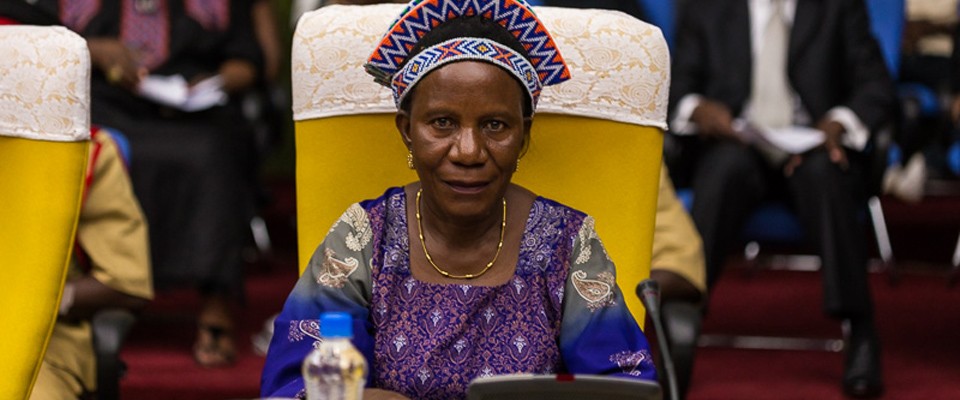
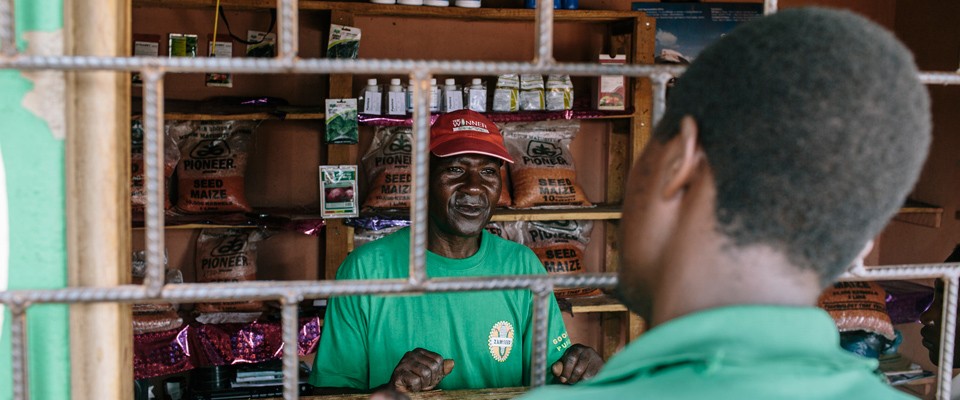

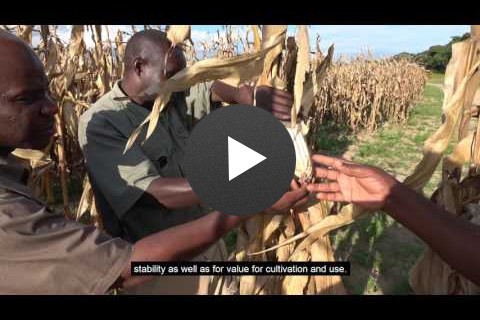
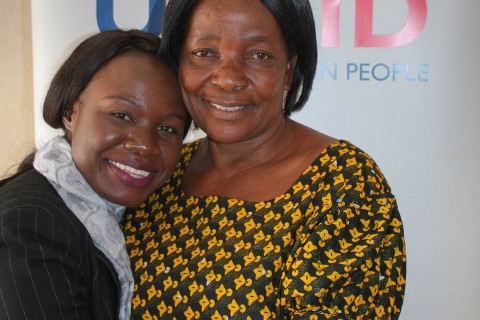

Comment
Make a general inquiry or suggest an improvement.